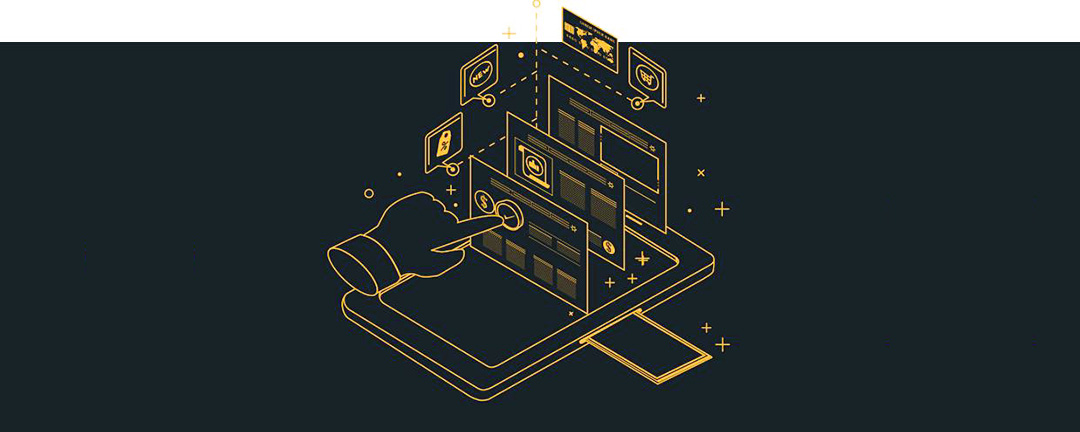It Takes UI to AcqUIre Customers

User Interface Design (UID) is an essential discipline for the development of user-friendly websites and applications. The value of User Interface Design resonates true when you consider John Lubbock’s quote, “…what we see depends mainly on what we look for.” Coupled with Jeff Johnson’s view that “…the world around us is not a true depiction of what is actually there” it is easier to understand the importance of solid User Interface Design and its inclusion in any website / application / computer / machine / product interaction.
We need to implement User Interface Design practices because it is natural for all of us to 1) miss what is in plain sight 2) see the same things differently than others 3) assign different meaning to what we see based on personal experiences, the context of the current situation, and the reason we are paying attention to whatever we are focusing on.
To avoid sensory overload, our brains unconsciously filter out stimuli. Our capacity for paying attention to some elements and not others has been conceptualized as a bottleneck that restricts the flow of how much information can be processed at any point in time. As a result, parts of our visual world restricted by the bottleneck go undetected – even those directly in front of our eyes.
Some may think User Interface Design is a waste of time, money, and resources because what is being scrutinized is obvious, common sense, or impossible to miss – to them. The danger in this argument is when those making it are not educated or even aware of the role our brain and perceptions play in the construction of reality. When feedback surfaces to fix what isn’t working, those who lack reference to the psychological and biological limitations of our visual nature erroneously apply blame to users instead of themselves. This type of response is what keeps companies from forming tighter bonds with existing and potential customers. The financial implications of disconnects that cause people to abandon the start of a relationship or completion of a transaction can be enormous to companies that do not invest in optimal User Interface Design.
While all problems related to User Interface Design cannot be corrected with a simple blog, shedding light on its existence could help increase higher quality, human-computer interactions. Here are a few suggestions for making User Interface Design a standard practice in your process. 1) acknowledging that just because something is over and unmistakable to people working closely on a project, does not make it so for the rest of the world. 2) design is a means to an end, not an end unto itself. If the design does not serve the purpose of facilitation, it is misdirected and flawed. Recognize that design has a functional value, not just aesthetic significance. 3) User Interface Design challenges ivory tower thinking of a single point of view by ensuring perspectives outside the development team are included throughout the development of a website, application, or product.
While following the guidelines of User Interface Design can not guarantee success, the omission of its influence diminishes the probability.
